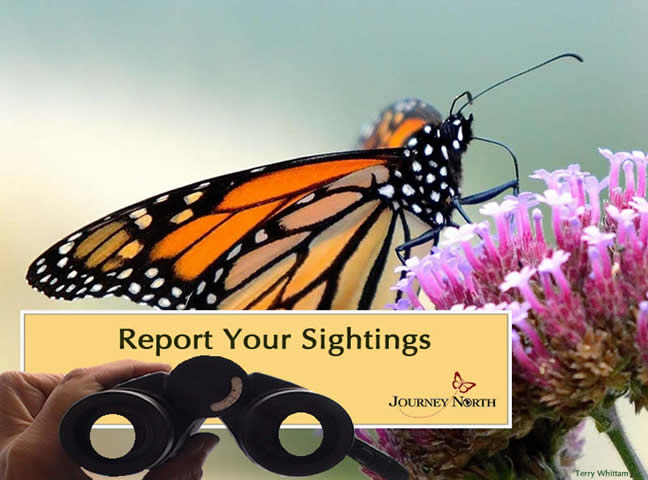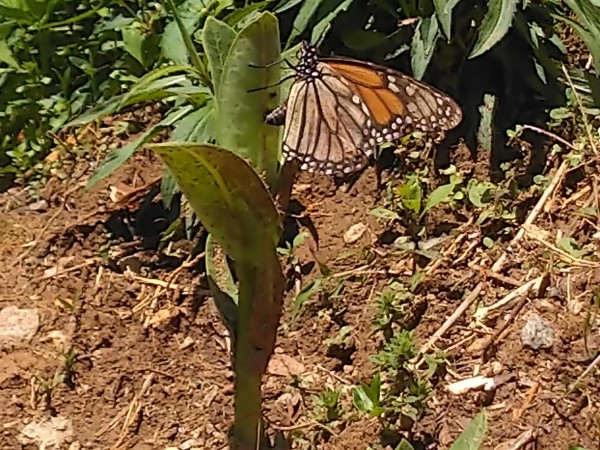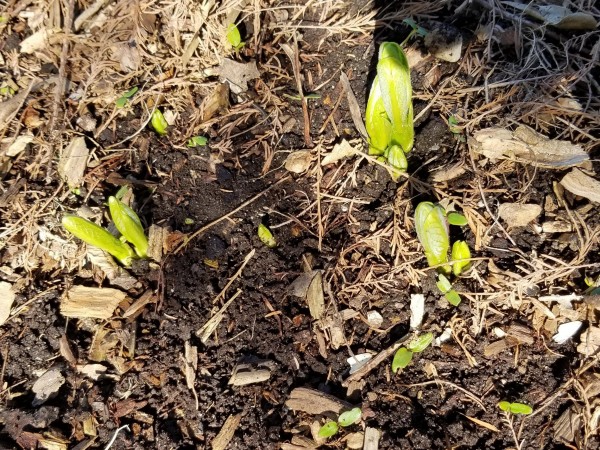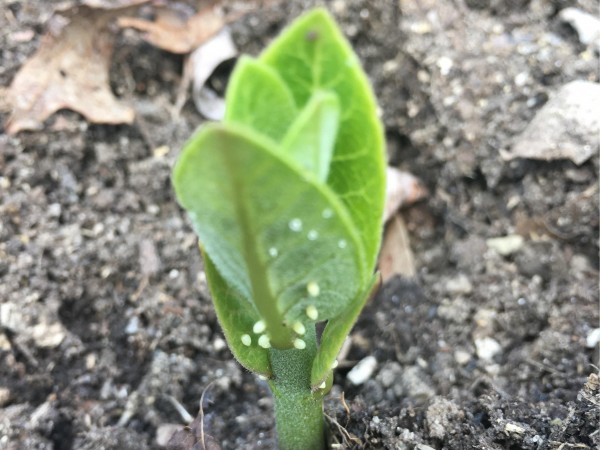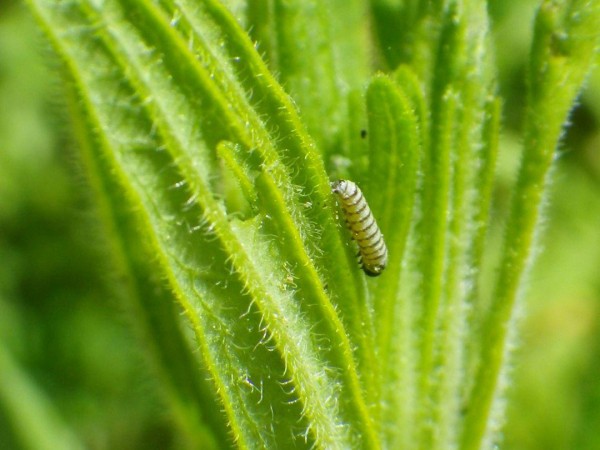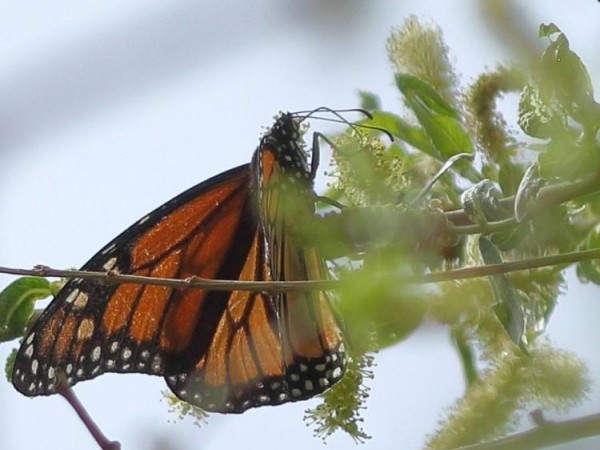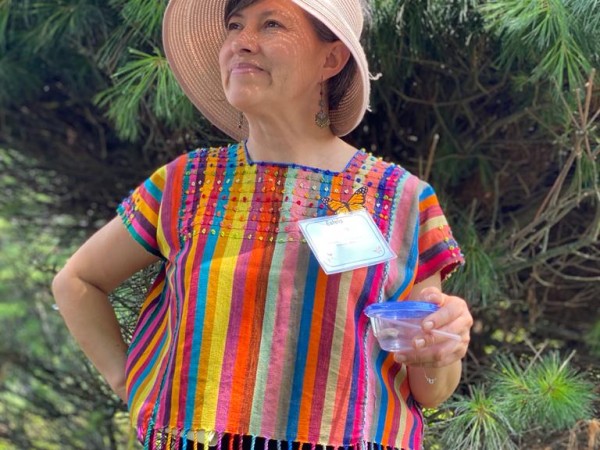Endings and Beginnings
No longer their brilliant orange, monarchs migrating from Mexico are nearing the end — and a new generation is about to continue the journey north.
Thank You, Ms. Estela Romero
As monarchs have left El Rosario and Sierra Chincua sanctuaries, Ms. Estela Romero's letters will be on pause until next fall. We deeply thank Ms. Romero for taking the time to share news and stories from the sanctuaries and the surrounding communities. To cap off the overwintering season, Ms. Romero was kind enough to write a farewell-for-now letter to our Journey North community. She writes, "Another season of monitoring Monarch Butterfly habitat and behavior in Central México has wrapped up . . . Thank you, friends, for following along and for your commitment to protect monarchs and their habitat!"
Read more of Estela Romero’s Letter: A Short Goodbye
Eastern Monarch Population
End of a Generation
The monarchs of the overwintering generation have only a few weeks left to live. The worn-winged butterflies are no longer their brilliant orange. Most monarchs from this overwinter generation will die by the first of May. At this time of the migration season, Journey North citizen scientists are observing multiple generations of monarchs.
Sandra in Mounds, OK: "Everyday for more than a week, I see Monarchs scouring the landscape in search of emerging viridis. Some are remigrants, and some look fresh. Males were here first, but what I am seeing now are females." (04/13/2021)
Migrating Monarchs
Colder temperatures and strong winds have stalled the northward migration of monarchs. In the Midwest, the leading edge is still hovering where it was last week around latitude 37-38°N. Reports are picking up in the mid-Atlantic region, but migration did not advance beyond North Carolina, Virginia and Maryland. Migration can be a stop-and-go journey with wind and weather in control. Check out the monarch migration map to compare the migration frontline from week-to-week.
Connie in Summersville, MO: "First of the season!" (04/09/2021)
Emily in Old Fort, NC: "Saw this tattered beauty laying eggs Monday afternoon." (04/12/2021)
Milkweed, Eggs and Caterpillars
Milkweed emergence is picking up in the Midwest, Northeast, and southern Ontario.
Bridget in Washington Twp, NJ: "Common Milkweed has sprouted in my garden." (04/13/2021)
Monarchs are leaving a trail of eggs as they travel. The map of egg reports shows where eggs of the next generation are being laid. More eggs means more larvae.
Jenney in Danville, IL: "The earliest I have every seen a Monarch in my yard! It was laying eggs on common milkweed that had just emerged the week before. She layed loads of eggs all over the 3-4 small newly emerged plants." (04/12/2021)
Anita in Texarkana, AR: "At least 15 - 20 monarch eggs on the A. tuberosa in our flower beds have hatched. Hopefully all of the larvae will have a chance to become an adult. Had another female laying more eggs this morning." (04/12/2021)
Western Monarch Population
Out West, Gail Morris shares news of low monarch numbers again in California but an explosion of new observations in Arizona and New Mexico. Gail writes, "While the number of new sightings of monarchs in California continued to remain low this week, monarch sightings exploded in Arizona and New Mexico as they began leaving the lower deserts! Monarch watchers across these regions were surprised as monarchs suddenly began to pop up in the middle and higher terrains in both states."
Read more of Gail Morris’ Letter: Western Monarch Spring Report #7
April is Citizen Science Month!
Citizen Science Month encompasses online events and opportunities to contribute to citizen science initiatives from home. This April, Journey North celebrates our citizen scientists and encourages others to join this important effort. Watch our Journey North video to learn how to participate. And learn more about Citizen Science Month and other Journey North projects here.
Keep Reporting
Remember to report your monarch observations to Journey North. If possible, please include photos as they help verify reports. And please make sure your photo is properly rotated before submitting.


